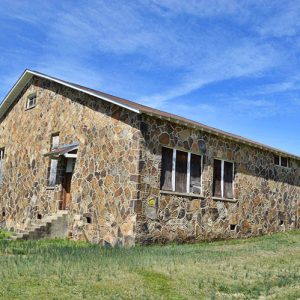 Menifee High School Gymnasium (Three-quarter view)
Menifee High School Gymnasium (Three-quarter view)
Entry Category: Arts
 Menifee High School Gymnasium (Three-quarter view)
Menifee High School Gymnasium (Three-quarter view)
Meyer, Rhena Salome Miller
aka: Goat Woman of Smackover
Mickel, Lillian Estes Eichenberger
Mid-Southern Watercolorists
 A Midsummer Night's Dream
A Midsummer Night's Dream
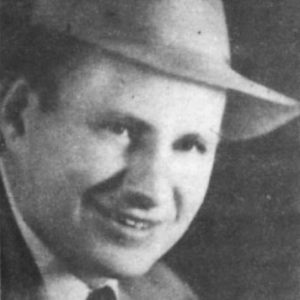 Elmer Mikel
Elmer Mikel
 Elmer Mikel
Elmer Mikel
Mikel, Elmer Wayne
Mildred B. Cooper Memorial Chapel
aka: Cooper Chapel
Miller County Courthouse
Miller, David
Miller, Harry Lewis
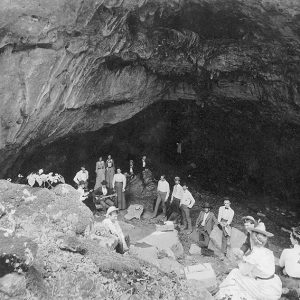 Harry Miller Photo
Harry Miller Photo
Miller, Nick
Miller, Richard “Curly”
Minor, James Calvin (Jim)
 Minstrel Show Poster
Minstrel Show Poster
 Minstrel Show Poster
Minstrel Show Poster
Minstrel Shows
Miss Laura’s Social Club
Mississippi County Courthouse, Chickasawba District
Mississippi County Courthouse, Osceola District
Missouri and North Arkansas Depot (Leslie)
Missouri Pacific Depot (Arkadelphia)
Missouri Pacific Depot (Gurdon)
Missouri Pacific Depot (Malvern)
Monroe County Courthouse
Montana, Patsy
aka: Ruby Blevins
Montgomery County Courthouse
 Bonnie Montgomery
Bonnie Montgomery
Montgomery, Bonnie
Monticello Post Office (Historic)
Monument to Confederate Women
 Monument to Confederate Women
Monument to Confederate Women
 Monument to Confederate Women
Monument to Confederate Women
Moore-Jacobs House
 Moore-Jacobs House
Moore-Jacobs House
 Moore-Jacobs House
Moore-Jacobs House
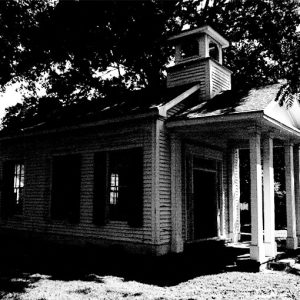 Moore-Jacobs House Chapel
Moore-Jacobs House Chapel
 Moore-McIlroy Loading Area
Moore-McIlroy Loading Area
Moore, Justin Cole
 Moorefield School
Moorefield School
Moorman, Charlotte
aka: Madeline Charlotte Moorman Garside
Moran, Bill, Jr.
aka: William F. Moran Jr.
 Morrilton Post Office
Morrilton Post Office
Morrilton Post Office
 Morris House
Morris House
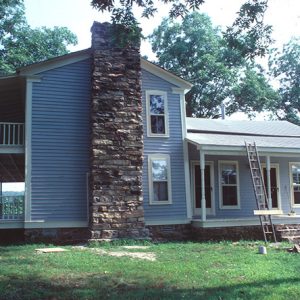 Morris House
Morris House
Morris House (White County)
aka: Conley-Siler Residence
 Blind Mississippi Morris
Blind Mississippi Morris




